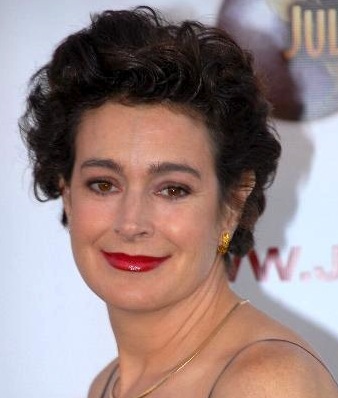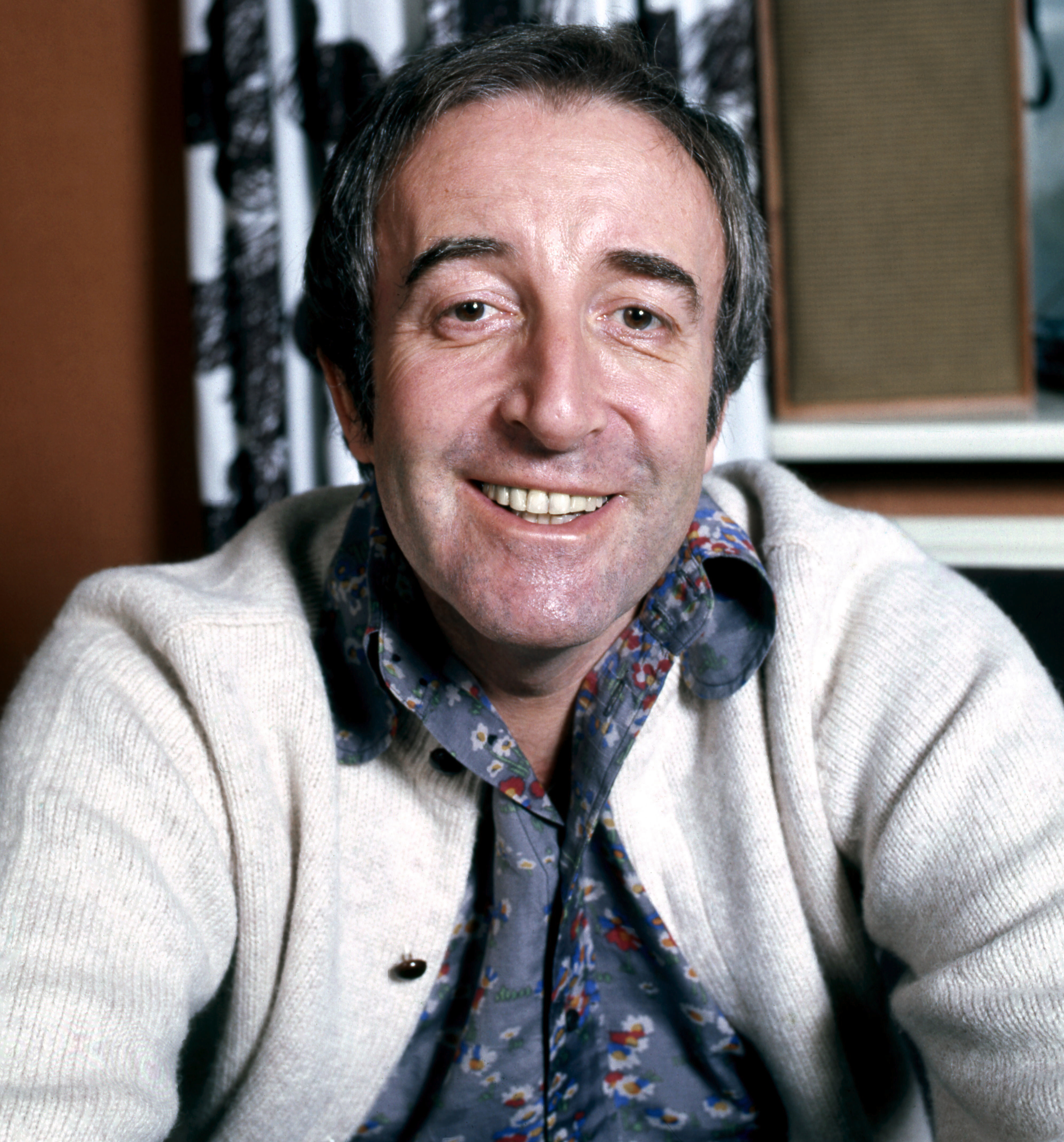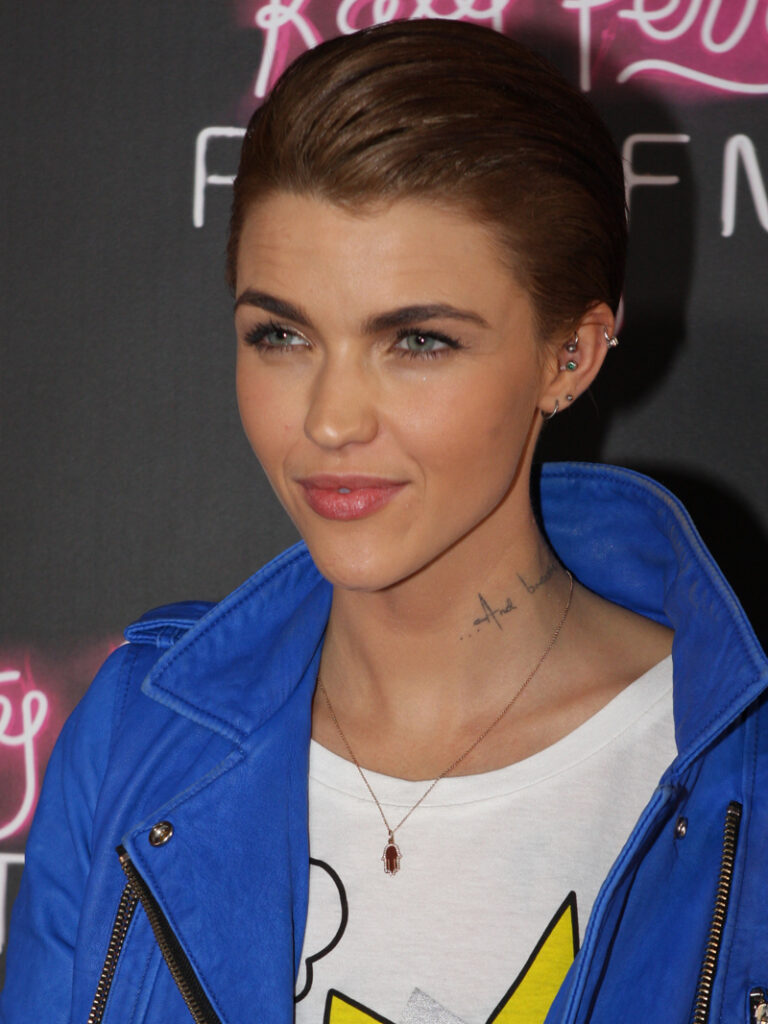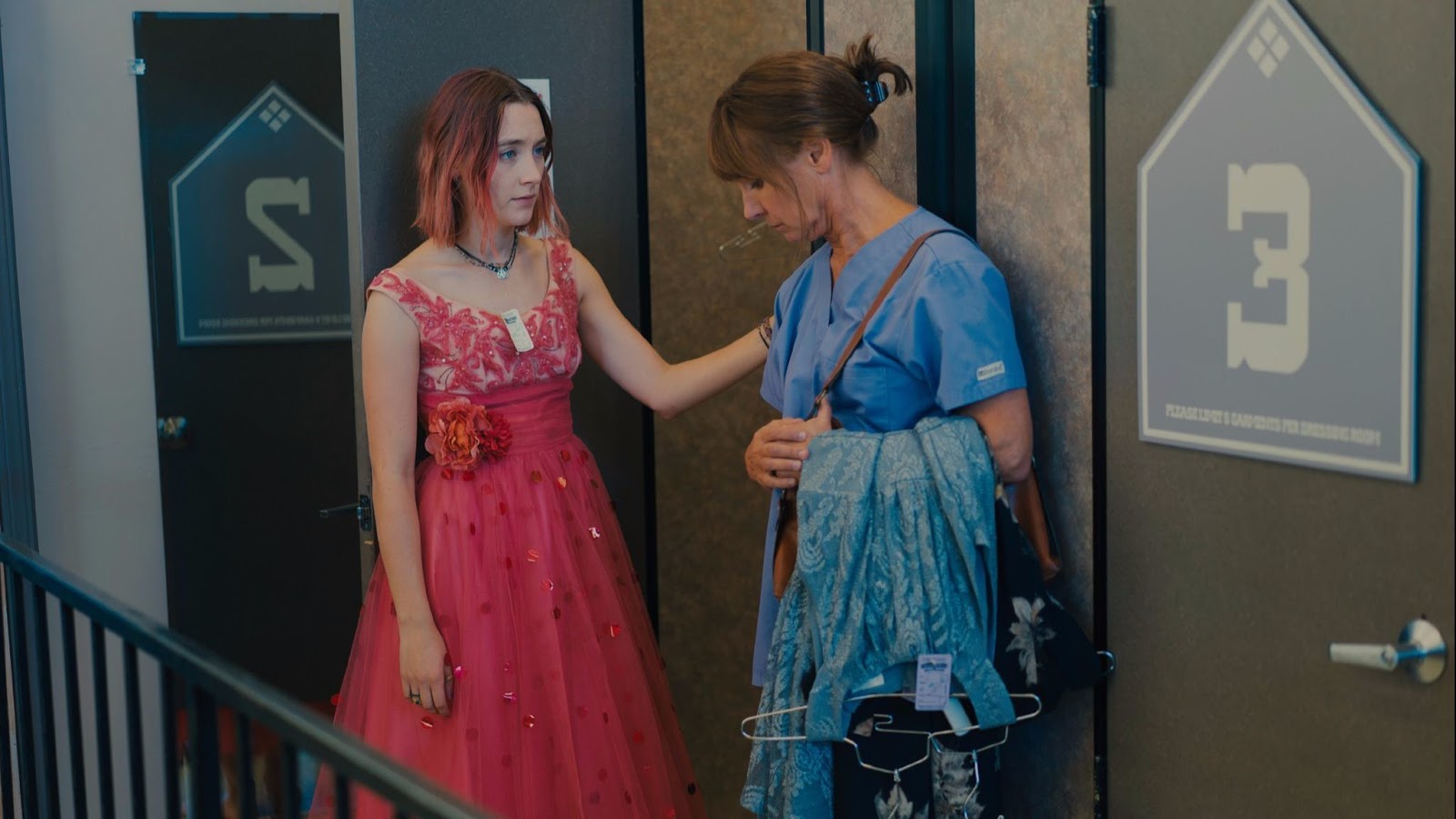
The world of acting is a glamorous one, filled with red carpets, dazzling performances, and the thrill of bringing captivating stories to life on screen. Yet, beneath the glitz and glamour, it’s also an incredibly demanding profession, often requiring immense physical and emotional commitment. It’s a place where career trajectories can change in an instant, sometimes for reasons completely outside an actor’s control.
Recasting actors is a common enough occurrence in Hollywood, a constant fascination that only grows as intellectual property sometimes overshadows individual stars. We’ve seen it happen for a myriad of reasons: creative differences, scheduling conflicts, even allegations of misconduct. But there’s a rarer, more poignant twist to this tale: actors who find themselves literally injured out of a role entirely.
While studios might seem to make actors feel expendable with every reboot and recast, there’s a unique subset of stories where fate, in the form of an unfortunate accident, intervenes. We’ve done some digging and uncovered a handful of truly wild instances where performers had no choice but to bow out and begin a recovery journey. Join us as we journey through Hollywood history, revisiting moments when injuries ranging from broken bones to torn cartilage meant handing over an eagerly anticipated role to someone else.

1. **Sean Young (Vicki Vale in Batman)**: Sean Young, an actress well-known for her roles in iconic films like “Blade Runner” and “Dune,” has a reputation for some memorable, shall we say, unconventional moments in Hollywood history. One of the most talked-about is her infamous attempt to secure the role of Catwoman in “Batman Returns,” where she reportedly showed up to Warner Bros. offices dressed in black latex, ready to embody the feline anti-hero. However, what’s less widely known is that this wasn’t her initial foray into Tim Burton’s “Batman” universe.
In fact, before her Catwoman dreams were dashed, Young had already been cast once before in 1989’s “Batman.” She was chosen to play the pivotal role of journalist Vicki Vale, a significant opportunity for any rising star. As production loomed, she found herself particularly concerned about one scene: a romantic horseback-riding date with Michael Keaton’s Bruce Wayne. This scene, which ultimately never made it into the final cut of the film, required the mare-shy Young to learn how to ride a horse.
During a training session, just a week before principal photography was set to begin, disaster struck. Young fell from her horse, sustaining a fractured arm. The injury immediately put her participation in jeopardy. Producer Jon Peters swiftly made the decision to send her home, and without skipping a beat, brought in Kim Basinger to take over the role of Vicki Vale, forever changing the dynamic of the Caped Crusader’s romantic interest.
Years later, in a 2021 interview with The Daily Beast, Young reflected on the incident, suggesting that the situation could have been managed differently. She mused, “Could they have kept me on the show and shot around my arm? They probably could have.” Young went on to specifically implicate Jon Peters, stating, “He saw an opportunity to exit me, and he did. And no one ended up being very happy with that choice. But it is what it is. I had an accident and then got walked to the door.” It’s a stark reminder of how quickly opportunities can vanish in the fast-paced world of film production, sometimes with lingering questions about the true necessity of a recasting.

2. **Nicole Kidman (Meg Altman in Panic Room)**: The early 2000s saw Nicole Kidman at the absolute zenith of her stardom, a period where she juggled demanding roles and back-to-back shooting schedules with incredible intensity. One of the most memorable projects from this era was Baz Luhrmann’s visually stunning 2001 musical, “Moulin Rouge!” Kidman starred opposite Ewan McGregor in this lavish production, which blended inspiration from classic operas with a soundtrack packed with pop hits from various decades, including a show-stopping rendition of “Diamonds Are a Girl’s Best Friend.”
The musical’s vibrant choreography required many of its actors, Kidman included, to perform breathlessly technical dance sequences. It was during one of these high-intensity takes that tragedy struck. Kidman fell, tearing the cartilage in her knee. This wasn’t her only injury during the production; she also reportedly broke three ribs – two during another strenuous dance number and a third from wearing an incredibly tight corset. However, it was the knee injury that proved to be the most persistent and problematic.
The lingering effects of her knee injury proved to be a significant hurdle. It hindered Kidman to the point where she was forced to withdraw from her very next movie, David Fincher’s thriller “Panic Room,” a mere two weeks into filming. Further examination revealed that the damage sustained during “Moulin Rouge!” was far worse than initially believed, and hadn’t been given adequate time to heal properly. Faced with this revelation, Kidman made the difficult decision to leave the project, prioritizing her recovery. The role of Meg Altman was subsequently taken over by the formidable Jodie Foster.
More than a decade after the arduous production of “Moulin Rouge!,” Kidman appeared to harbor little regret about the physical toll the film took on her body. In a 2014 interview with Yahoo! Entertainment, she famously stated, “[I was] dancing in high heels, I broke my ribs, I tore up my knee. I did all the things you’re meant to do while creating great art.” Her words serve as a powerful testament to the sacrifices actors sometimes make in the pursuit of their craft, even when those sacrifices mean stepping away from other major opportunities.

3. **Cameron Diaz (Sonya Blade in Mortal Kombat)**: Cameron Diaz became an instant sensation in 1994, striking gold with her feature film debut opposite Jim Carrey in “The Mask.” This critically and commercially successful crowd-pleaser catapulted her into the Hollywood spotlight almost overnight, transforming her into one of the industry’s most sought-after new faces. This newfound stardom, however, placed her in a somewhat delicate position. She needed to make her next career move carefully, as she wasn’t yet established enough to risk a truly abysmal project that could derail her trajectory.
It’s perhaps for this very reason that Diaz might quietly be grateful for the twist of fate that prevented her from appearing in the 1995 film adaptation of the popular video game “Mortal Kombat.” The producers of “Mortal Kombat” were facing a challenge in casting the beautiful yet deadly character of Sonya Blade. Conveniently, both “The Mask” and “Mortal Kombat” were New Line Cinema productions, which allowed the “Mortal Kombat” team to watch advance footage of Diaz as Tina Carlyle before her big debut.
Associate producer Lauri Apelian fondly recalled the moment of discovery, telling The Hollywood Reporter, “As soon as we saw the dailies from ‘The Mask,’ there was no question that she was a star.” Excited by her potential, they cast Diaz and immediately put her into training. While her charisma was undeniable, she hadn’t had extensive experience with martial arts. Unfortunately, during this training, right before shooting was scheduled to commence, Diaz broke her wrist. This injury rendered her unable to perform the intricate martial arts stunts the role of Sonya Blade demanded.
With Diaz unexpectedly out of the picture, the search for Sonya continued. Bridgette Wilson-Sampras was eventually offered the role, but not before enduring a rigorous casting process. The actor, known for her roles in films like “Last Action Hero” and “Billy Madison,” recounted the extensive auditions during THR’s oral history of the video game flick. She shared, “The casting process was really long. I went back and auditioned and met with them so many times. Probably seven.” It seems the journey to find the perfect Sonya Blade was as action-packed as the film itself.

4. **Frank Sinatra (Harry Callahan in Dirty Harry)**: It’s practically impossible to envision anyone other than Clint Eastwood embodying the gruff, no-nonsense persona of Inspector Harry Callahan from the iconic “Dirty Harry” film series. Eastwood’s portrayal across five films, spanning from 1971 to 1988, solidified his status as a defining figure of the neo-noir movement. His signature steely glare and unparalleled intensity were, for many, inextricably linked to the character, making it seem as though the role was tailor-made for him. Yet, the history of “Dirty Harry” nearly took a very different path, one altered by an unexpected injury.
Believe it or not, the original star envisioned for the role was none other than the legendary crooner, Frank Sinatra. Back when William Friedkin was initially slated to direct, the first film was essentially conceived as a star vehicle designed around Sinatra, with the main character molded to fit his public image. After six months of meticulous development, however, Sinatra ultimately withdrew from the project. This departure, though disappointing at the time, is arguably seen as a blessing in disguise, as it paved the way for Eastwood and freed Friedkin to direct “The French Connection.”
The reason for Sinatra’s unexpected exit stemmed from a prior injury. While filming “The Manchurian Candidate,” the famed singer and actor had broken his wrist. By the time “Dirty Harry” was ready to move forward, his wrist had not yet healed sufficiently for him to comfortably wield Callahan’s now-iconic Smith & Wesson revolver. The inability to handle the character’s signature weapon effectively proved to be a decisive factor in his decision to step away, opening the door for a cinematic legend to be born.
Following Sinatra’s departure, a remarkable parade of other Hollywood luminaries were reportedly offered the role before it finally landed in Eastwood’s hands. John Wayne, another towering figure of the silver screen, was a notable name on this list, though he famously declined. According to Collider, Wayne and Sinatra had a strained relationship at the time, with Wayne reportedly refusing to even consider the project because he “didn’t like being offered Sinatra’s rejections.” George C. Scott, Burt Lancaster, and Steve McQueen also turned down the part, and Robert Mitchum famously dismissed the script as “a piece of junk.” It was Paul Newman, though not interested himself, who suggested producers consider Clint Eastwood, proving that sometimes, a crucial piece of casting advice can come from the most unexpected places. This string of rejections ultimately led to one of the most perfect actor-role pairings in cinematic history.

5. **Peter Sellers (T.J. Kong in Dr. Strangelove)**: Next up, let’s dive into the darkly comedic genius of Stanley Kubrick’s “Dr. Strangelove or: How I Learned to Stop Worrying and Love the Bomb,” a film that continues to captivate audiences. This Cold War satire is an undeniable masterpiece, managing to make you laugh while simultaneously contemplating the profound absurdity and horrifying potential of nuclear annihilation. A massive part of its enduring brilliance, of course, comes from the incomparable Peter Sellers, an actor of such extraordinary versatility that he famously played three distinct and pivotal characters in the film: the sinister titular nuclear scientist, the bewildered British Royal Air Force Captain Lionel Mandrake, and the beleaguered United States President Merkin Muffley.
Now, you might very well think this impressive multicasting was purely a stroke of deliberate artistic genius from Kubrick and Sellers, a carefully planned choice to showcase the actor’s phenomenal range. But hold onto your hats, movie buffs, because here’s a wild and fascinating twist! Columbia Pictures, in their rather bold and unconventional wisdom, actually *insisted* that Sellers play not just three, but an astonishing *four* main characters in the film. Apparently, studio executives harbored a belief that his previous, critically acclaimed collaboration with Kubrick, “Lolita,” was successful primarily because Sellers had portrayed multiple roles within it. Talk about studio meddling profoundly influencing artistic decisions!
Sellers was, in fact, initially set to embody a fourth character: the tough-as-nails Texan, Major T.J. “King” Kong, the B-52 bomber pilot. He reportedly harbored some genuine apprehension about successfully pulling off a truly convincing Texas dialect, but he was prepared to tackle the challenge head-on. However, fate, or perhaps just an unfortunately timed mishap, intervened during the early stages of production. Sellers suffered an ankle sprain, a seemingly minor but ultimately very significant physical setback, especially considering the character of Major Kong spends the vast majority of his screen time “scrunched up in a fake cockpit.”
A sprained ankle might sound like a relatively minor inconvenience in the grand scheme of filmmaking, but for a physically demanding role that required precise movements, a certain level of agility, and comfort within such a confined and unusual space, it became a massive hindrance to Sellers’ ability to perform. Rather than forcing Sellers to “fight through the pain,” as the context compassionately puts it, the producers and Kubrick wisely agreed to limit him to his initial three roles. This unexpected turn of events, born out of necessity, opened the door for a true stroke of genius in casting: real-life rodeo star Slim Pickens was brought in to fill the iconic boots of Major T.J. “King” Kong.
Pickens, with his utterly authentic cowboy swagger, his naturally gruff delivery, and an undeniable screen presence, delivered one of the most memorable and iconic performances in cinematic history. His image is forever etched in our minds as he wildly rides a nuclear bomb down to earth like a bucking bronco in the film’s unforgettable climax. It’s a fascinating, almost serendipitous example of how an unexpected on-set injury can lead to a completely different, and in this particular case, an undeniably perfect, outcome for a film, forever altering its legacy. Sometimes, the universe, or a sprained ankle, just knows exactly what it’s doing.

6. **Ruby Rose (Kate Kane in Batwoman)**: Finally, let’s talk about one of the most memorable, and undeniably high-profile, recasting situations in recent memory – one that definitely comes with a significant side of swirling controversy and multiple conflicting narratives: Ruby Rose’s dramatic departure from the CW’s Arrowverse series “Batwoman.” Rose, a recognizable name with action credentials fresh off a “John Wick” film, was initially the highly anticipated star of the show for its groundbreaking first season, portraying the titular hero Kate Kane. However, her surprising exit was announced after just a single season, and she was subsequently replaced by an entirely new character, Ryan Wilder, portrayed by Javicia Leslie.
Initially, many in the industry and among fans speculated about the underlying reasons for her abrupt departure. Some thought Rose was simply “getting too big for the Arrowverse,” suggesting her burgeoning film career was calling her away. Others pointed to a highly organized “review-bombing campaign” that had been launched against the show and Rose herself by a segment of fans reportedly unhappy with the show’s creative direction or the casting. These were the whispers, the convenient narratives that initially circulated widely around Hollywood, offering quick explanations for a complex situation.
However, Rose herself later came forward to paint a much more harrowing and personal picture, one that firmly centered on a severe on-set injury she sustained. According to Rose, a major and decisive factor in her agonizing decision to leave the show was a serious injury she incurred while performing a demanding stunt. She had to undergo significant surgery to address the issue, but then alleged that producer Peter Roth “allegedly forced her to return to set before she could fully recover.” This, she claimed, not only exacerbated her physical recovery but also compounded an “already taxing workload” on the production, ultimately leading to severe burnout and emotional distress. It painted a grim picture of intense pressure and a perceived disregard for an actor’s personal well-being, especially after enduring a serious physical trauma.
The already charged situation dramatically escalated further when Rose made additional, explosive allegations that sent shockwaves through the industry. She accused Roth of “behaving inappropriately with women” during her time on set and also claimed that co-star Dougray Scott “verbally abused females on the set.” These were incredibly serious accusations that immediately ignited a firestorm in the media, adding multiple complex layers of profound controversy to an already very public and messy departure. The challenges faced by actors, as this case painfully illustrates, sometimes extend far beyond just the demanding physical recovery from an injury.
Warner Bros. Television, the powerful studio behind the popular series, swiftly issued a “strongly worded statement” in direct response to Rose’s claims, emphatically refuting her account. Their statement read, “Despite the revisionist history that Ruby Rose is now sharing online aimed at the producers, the cast and crew, the network, and the Studio, the truth is that Warner Bros. Television had decided not to exercise its option to engage Ruby for season two of ‘Batwoman’ based on multiple complaints about workplace behavior that were extensively reviewed and handled privately out of respect for all concerned.” Dougray Scott also vehemently defended himself against her allegations, stating he “absolutely and completely refute the defamatory and damaging claims made against me by her; they are entirely made up and never happened.” This highly publicized and deeply contentious saga powerfully underscores just how incredibly complex and multifaceted actor departures can be, often involving far more interwoven issues than just a single, isolated injury.
In the fast-paced, high-stakes, and often unforgiving world of Hollywood, the show must indeed always go on. While we often celebrate the dazzling finales, the triumphant comebacks, and the seamless transitions, it’s equally crucial to acknowledge and understand the more difficult moments where fate, often in the form of an unexpected and debilitating injury, forces a talented performer to step abruptly out of the spotlight. These compelling tales aren’t just about who got replaced and by whom; they’re profound narratives about resilience, about enduring pain, about the unforeseen twists of fortune, and ultimately, about the undeniable human stories that exist behind the shimmering facade of the silver screen. Each instance we’ve explored serves as a powerful reminder that even the biggest stars and most dedicated professionals are vulnerable, constantly navigating a demanding industry where their physical bodies, their mental well-being, and their very careers are perpetually on the line. It truly makes you appreciate the immense dedication and the inherent risks each actor undertakes every single day they step onto a set.



